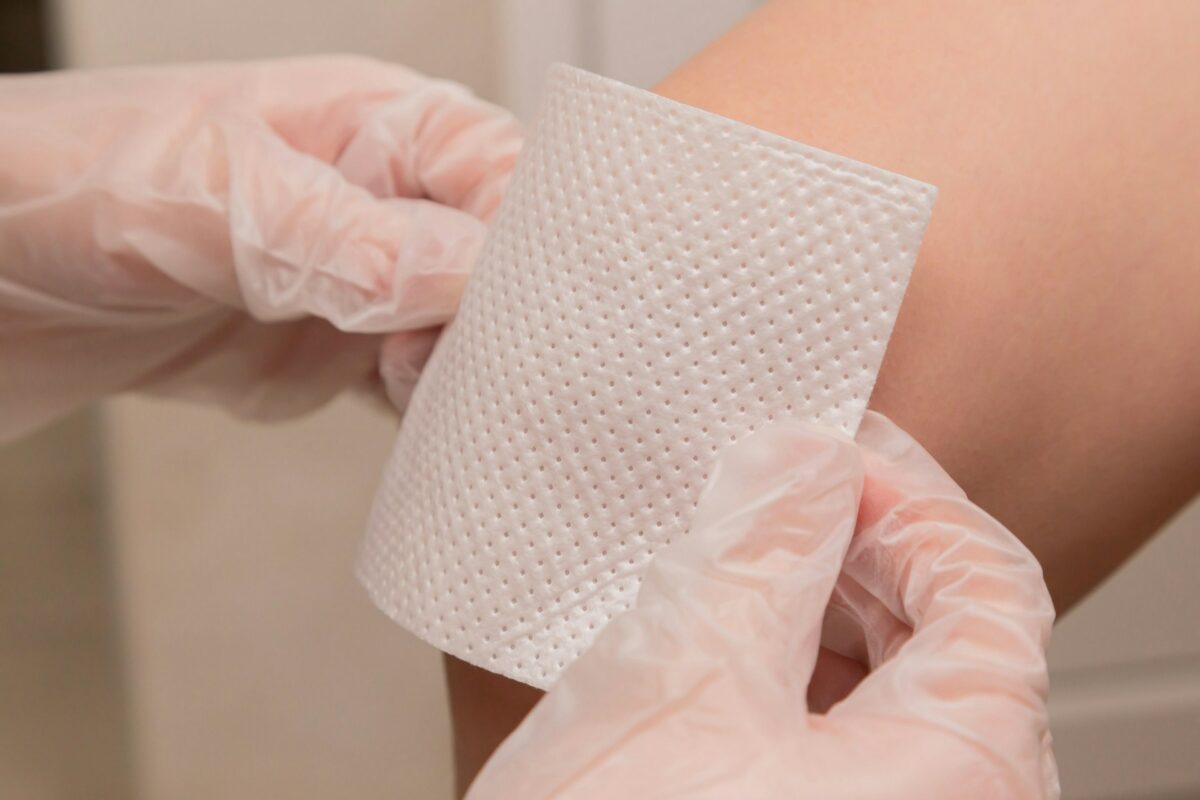Understanding the Healing Process
Knowing how skin heals is the first step to reducing scars. The body initiates a complicated biological process to heal wounds on the skin. This comprises three phases: the formation of new tissue during the proliferation phase, the removal of debris and bacteria during the inflammation phase, and the strengthening and maturation of the scar during the maturation phase. Effectively handling each of these stages can have a big impact on how the scar looks in the end. Applying the right treatments at each stage to promote natural healing and lessen obvious scarring is made easier by having a better understanding of this process.
Use of Proper Dressings
Selecting the appropriate dressing kind is essential for managing scars. Keeping the wound moist with a dressing promotes faster cell growth and lessens the possibility of scar tissue forming from parched skin. Hydrocolloid bandages are frequently advised because they facilitate the exchange of gases and create a moist environment. In addition to shielding the wound from bacteria, these bandages lessen the chance of irritation from clothing or other outside elements. By preserving an ideal environment, appropriate dressing not only promotes healing but also reduces the likelihood that a scar will become more noticeable.
Immediate Care Post-Injury

https://www.pexels.com/photo/a-man-in-gray-shirt-looking-at-his-son-s-wounded-knee-8763103/
When it comes to scar formation, prompt action after injury can have a big impact. Scarring can be exacerbated by contaminants that could lead to infection, which can be removed by gently cleaning the wound with soap and water. Using an antibiotic ointment will help to prevent infections by keeping the area moist. To guarantee appropriate closure of deeper cuts—either with stitches or medical glue—which can significantly affect the scar’s appearance, you must seek medical attention. Prompt response, suitable action, and professional wound dressing processes minimize the risk of infection and guarantee that the incision heals with the least amount of scarring.
The Role of Hydration and Nutrition
Skin health and wound healing are significantly influenced by nutrition and hydration. Collagen synthesis and the development of new skin are supported by a diet high in zinc, protein, and vitamins C and E. Drinking enough water keeps the skin supple, which is essential for reducing scars when the wound heals. Under a doctor’s supervision, supplements can also aid in the healing process, particularly in cases where dietary intake is inadequate. Reduced visibility of scars is largely dependent on the body’s ability to fight infections and regenerate tissue more effectively when it is well-nourished.
Long-Term Care and Scar Minimization Techniques
Sufficient care after healing can help minimize scarring. Scar tissue can be managed once new skin has formed by using silicone gel sheets or scar-reducing creams. These products can make the scar flatter and less noticeable by controlling fibroblast production and hydrating the scar. Scar tissue is composed of dense collagen fibers that can be broken down and circulation can be improved with gentle massage. Regular long-term care is essential because it helps to restore the skin’s natural texture and color while also lessening the appearance of the scar.
Sun Protection and Monitoring
It is essential to shield a healing wound from the sun. Scars can become darker from UV exposure and become more noticeable. This pigmentation can be avoided by covering the area with clothing or applying sunscreen. It’s also critical to keep an eye on the scar’s development and see a doctor if it becomes itchy, hurts, or changes in color as these could indicate problems. Ensuring that a scar heals with optimal cosmetic results requires vigilant monitoring and protection from environmental factors.
It is possible to reduce scarring through appropriate wound care if you have the right information and resources. Scar visibility can be greatly decreased by being aware of the healing process and by taking proactive measures to support skin repair both immediately and over time. Recall that every wound is different from the next and that healing varies too. As a result, it’s critical to modify the care to suit the individual’s skin type and the particular requirements of the wound. Scars can be effectively managed to produce healthier, more resilient skin with perseverance and diligence.















